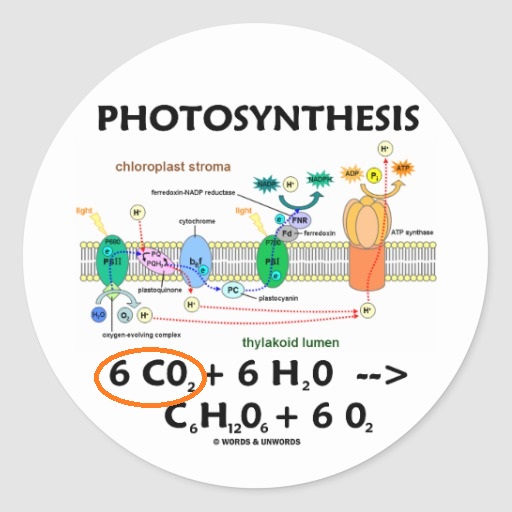Irrational fears about essential carbon dioxide in relation to the Earth’s climate have long since degenerated into superstition or old wives’ tales, for which we’re all paying the price, as discussed here.
– – –
Last year a student at a nearby university complained she couldn’t focus in class; she was convinced high levels of carbon dioxide (CO2) were the cause, says Dan Nevert @ CFACT.
The entire building was immediately evacuated and tested for “toxic levels of this dangerous gas.” After determining the CO2 levels were less than 500 parts-per-million (ppm), the classroom air was considered “safe” and classes again resumed.
Recently, this same school advertised that you can now “offset carbon emissions from previously completed university-funded ground-transportation and air travel trips” — by filling out a “travel carbon offsets” form, available in their “Sustainability Office.” Plus, this school is offering a course on “how to lower your carbon footprint.”
National Association of Scholars is planning a meeting to discuss indoor CO2 levels, because they “may reach levels harmful to cognition by the end of this century, and the best way to prevent this hidden consequence of climate change is to reduce fossil fuel emissions.”
A publication this week in Nature Climate Change states that “government policies and human activity data, due to decreases in travel during forced COVID-19 confinements, have decreased daily global CO2 emissions by ~17% to ~25% by early April 2020, compared with mean 2019 levels.”
As I read this nonsense in the news every day, I feel like screaming: “This nonsensical obsession with CO2 and the ‘carbon footprint’ is absolute insanity! Where has common sense gone?”
Doesn’t anyone remember — from grade school and high school biology — what they learned about plant photosynthesis requiring CO2 and all animals requiring oxygen (O2) and exhaling CO2?
Life on this planet is carbon-based; if we were not carbon-based, the next available tetrahedral element (having four chemical bonds) in Mendeleev’s Periodic Chart is silicon — in which case we would be able to live on the sun’s surface!
CO2 levels in our lungs reach ~40,000-50,000 ppm, which causes us to inhale our next breath. One of the first things medical students learn in respiratory physiology — is that the carotid body (small cluster of chemoreceptor cells, located at bifurcation of the common carotid artery running along both sides of neck) detects changes in arterial blood flow pO2 (partial pressure of oxygen), pCO2, blood pH, and temperature.
When the blood pCO2 reaches a critical level, this message is quickly sent to the medulla oblongata in the brainstem, which then sends signals to our diaphragm to breathe; more O2 is needed, and excessive CO2 must be expelled.
The human breathing reflex is controlled by blood CO2 levels, not O2 levels. Too little CO2, which can happen from hyperventilating, leads to respiratory alkalosis.
This is called hyperventilation syndrome — usually brought on by stress and anxiety. Symptoms include light-headedness; tingling in the fingers, toes and face; and chest pain; sometimes people fear they’re having a heart attack.
Treatment for hyperventilation syndrome is to breathe into a paper bag, which increases your blood CO2 back to normal.
Continued here.



